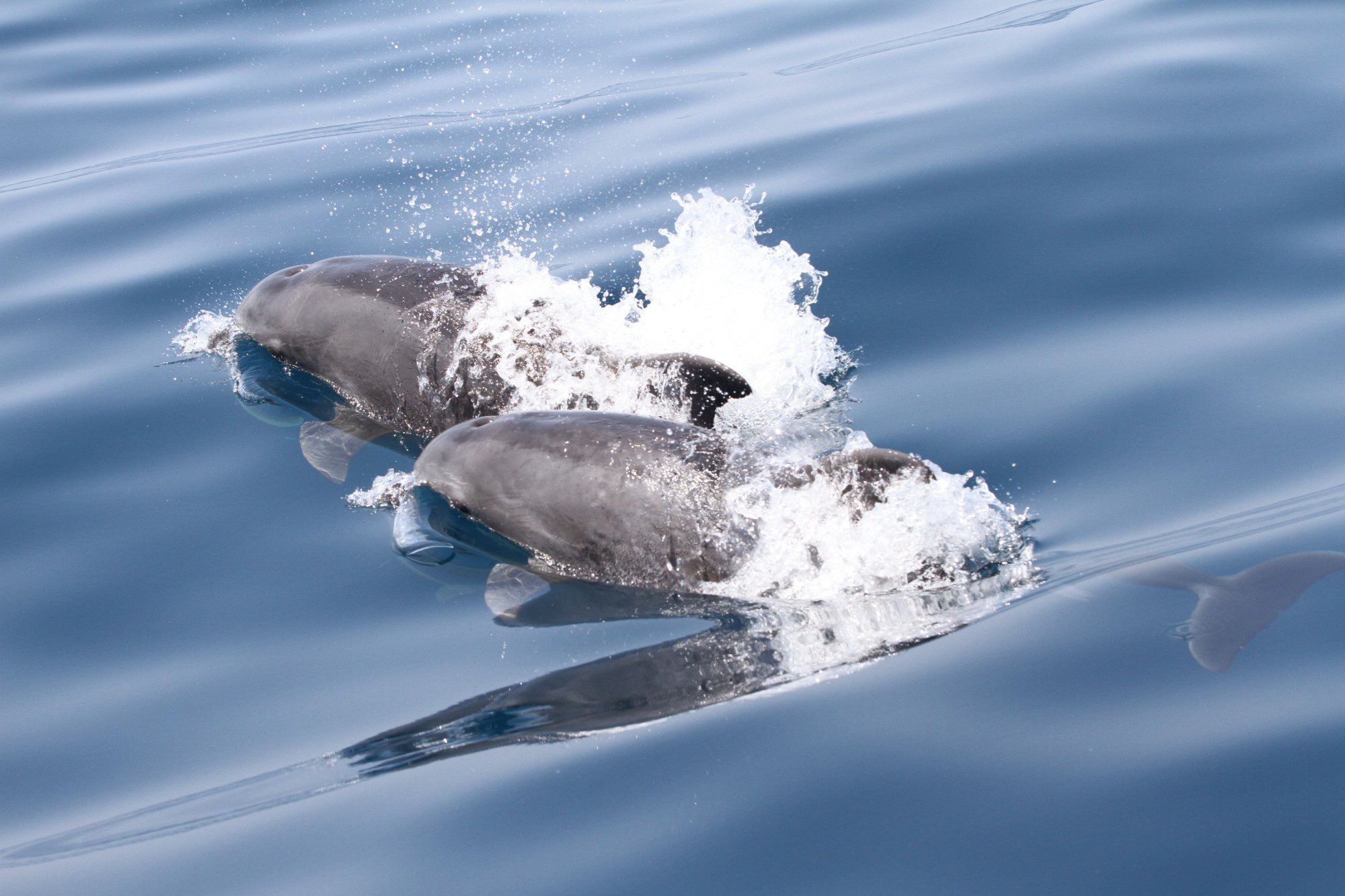
Protecting a Treasure: The Efforts to Save Montenegro's Boka Bay Dolphins
Boka Bay, a UNESCO World Heritage site in Montenegro, is more than just a scenic marvel; it is a habitat for bottlenose dolphins. These dolphins are not merely transient visitors but are believed to be part of a resident community that lives and forages in the bay's coastal waters. This presence makes sightings a regular occurrence for those on boat trips or observing from the shore. Scientific research confirms the presence of these dolphins. Organizations like Montenegro Dolphin Research (MDR) have been conducting long-term studies to better understand the population's size, movements, and behavior. While some studies have suggested a decline in dolphin presence in recent years, an increase in sighting rates was observed during the COVID-19 pandemic, a period with reduced human presence and traffic. More dolphins are also spotted during off season in the Boka Bay area, as there are less jet skis and speed boats. This finding underscores the impact of human activity on these animals. The dolphins in Boka Bay face significant threats, including increased maritime traffic, noise pollution, and fishing activities. The use of fishing nets can lead to entanglement and injury, a documented risk for these marine mammals. Additionally, pollution and habitat degradation pose long-term challenges to the ecosystem that supports them. Conservation efforts are underway to protect this fragile population. The Institute of Marine Biology in Kotor and organizations like MDR work to study and monitor the dolphins. Through public awareness campaigns and citizen science projects, they encourage responsible tourism and provide a way for the public to contribute to research by reporting sightings. These efforts are crucial to ensuring the continued survival of this unique dolphin community in Montenegro's waters.